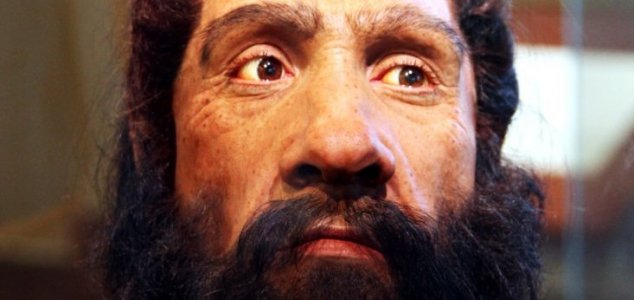Palaeontology
March 30, 2015 · 12 comments
12 comments

Not all of our prehistoric ancestors were the same. Image Credit: CC BY-SA 2.0 Tim Evanson
This view is now widely favored over the notion that fossils of different sizes belonging to early humans were actually from separate subspecies with minor physical differences.
"If someone asked you 'are modern humans six foot tall and 70kg?' you'd say 'well, some are, but many people aren't, and what we're starting to show is that this diversification happened really early in human evolution," said Dr Jay Stock of Cambridge University.
The study, which was the first in two decades to compare the body sizes of prehistoric humans, involved measurements of fossils found in Kenya, Tanzania, South Africa and Georgia.
"We can now start thinking about what regional conditions drove the emergence of this diversity, rather than seeing body size as a fixed and fundamental characteristic of a species," said Dr Stock.
Source: Isle of Man Today | Comments (12)
Early humans exhibited a range of sizes
By T.K. RandallMarch 30, 2015 ·
 12 comments
12 comments
Not all of our prehistoric ancestors were the same. Image Credit: CC BY-SA 2.0 Tim Evanson
Our distant ancestors came in a variety of different shapes and sizes, just like modern humans do today.
Its easy to imagine that our prehistoric ancestors were all more or less the same height and size, but now new evidence has been found to support the idea that, like us, the people who lived two million years ago exhibited a wide range of different heights, weights and physical characteristics.This view is now widely favored over the notion that fossils of different sizes belonging to early humans were actually from separate subspecies with minor physical differences.
The study, which was the first in two decades to compare the body sizes of prehistoric humans, involved measurements of fossils found in Kenya, Tanzania, South Africa and Georgia.
"We can now start thinking about what regional conditions drove the emergence of this diversity, rather than seeing body size as a fixed and fundamental characteristic of a species," said Dr Stock.
Source: Isle of Man Today | Comments (12)

The Unexplained Mysteries
Book of Weird News
AVAILABLE NOW
Take a walk on the weird side with this compilation of some of the weirdest stories ever to grace the pages of a newspaper.
Click here to learn more

Support us on Patreon
BONUS CONTENTFor less than the cost of a cup of coffee, you can gain access to a wide range of exclusive perks including our popular 'Lost Ghost Stories' series.
Click here to learn more
Spirituality, Religion and Beliefs
United States and the Americas
Cryptozoology, Myths and Legends
Space: Exploration and Spaceflight
Total Posts: 7,759,807 Topics: 324,531 Members: 203,630
Not a member yet ? Click here to join - registration is free and only takes a moment!
Not a member yet ? Click here to join - registration is free and only takes a moment!































Please Login or Register to post a comment.